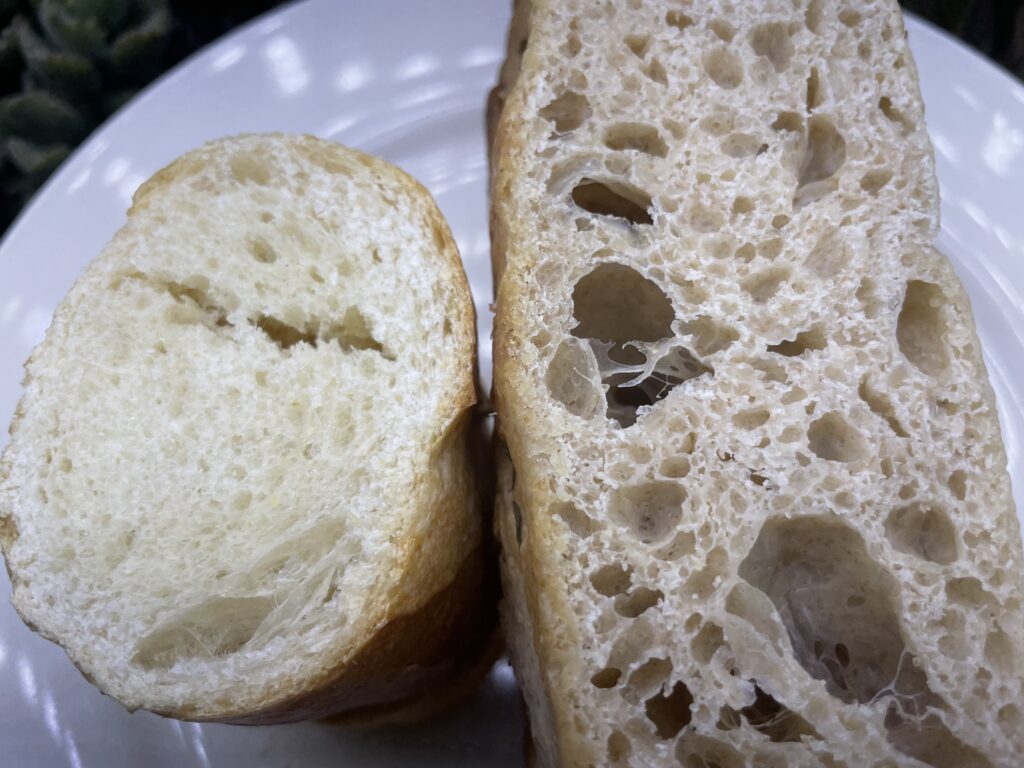My STEAM project objective is on the four cells that are involved in bone density. I focused on how bone density is compromised in a person who is an avid smoker. This is personal to me because I am a child of a parent who has been smoking most of their life. I thought doing this research project would help support my reasoning to help my mom to stop smoking again. Before involving smoking as a factor of reduced bone density, it is best to understand the bones’ structure at a molecular level. This will cover how the bone is made, hormone regulation in relation to bone structure, and the process of bone building and functions on how they are affected by smoking cigarettes.
Bone, or otherwise known as osseous tissue, is a firm, dense connective tissue that forms the majority of the human skeleton. Calcium, phosphorus, and vitamin D are three main minerals that are important to the functioning of bones. Calcium is absorbed with the help of vitamin D (6.1, 6.6). Bone cells compose a small amount of the bone volume but are crucial to bones’ function. These are the four types of cells that are found within the bone tissue: osteoblasts, osteocytes, osteogenic cells, and osteoclasts (6.3). In short, osteoblasts are responsible for forming new bone mass. Osteocytes, previously osteoblasts, have been trapped within the bone structure and their function is to maintain the mineral concentration of the matrix. The osteogenic cells are the only bone cells that can divide. They can become osteoblasts. Osteoclasts are responsible for bone resorption or breakdown of bone (6.3). Bone tissue is constantly being formed, resorbed for repair, or dissolved for calcium release (6.3). Annually, about five to ten percent of the skeleton is remodeled just by destroying old bone and renewing it with fresh bone (6.4).
Smoking cigarettes has shown anti-estrogenic activity in women …. and can onset menopause earlier in life (Cigarette Smoking and Musculoskeletal Disorders). Estrogen is a female hormone that promotes osteoblasts to continue the activity of forming bone (6.6). When women experience menopause, the rate that osteoblasts will decrease the building of new bone. This means the natural process of bone resorption exceeds the rate of bone formation causing a lower bone density (6.6). The lower bone density can cause diseases such as osteoporosis and rheumatoid arthritis. These diseases can cause pain and increase the risk of breaking and featuring bones. Although low bone density is common with aging, The Effect of Tobacco Smoking on Musculoskeletal Health: A Systematic Review states, “…. cross-sectional study findings demonstrated postmenopausal women who smoked had significantly lower [bone mineral density] than postmenopausal women who did not smoke.” This means smoking will further decrease bone density as a woman’s age increases.
My visual aspect to display bone density is between two kinds of breads. These two breads, a baguette and focaccia, have different internal air pockets. The baguette has smaller and closely packed air cells or pockets that reflect a healthy, high density bone. The focaccia then demonstrates the low bone density. If you were to press your thumb onto the area of air pockets, it will have some resistance and spring back. The focaccia has larger air cells and will feel a lot softer doing the same thumb press. The difference between the size of air pockets is comparable to actual bone density. A person who is experiencing osteoporosis or menopause will have larger, open cells that are not as dense and are prone to breaking or fracture.

Citations
Abate, M., Pantalone, A., Salini, V., Vanni, D. (2013). Cigarette Smoking and Musculoskeletal Disorders. Natural Library of Medicine, 10.11138/mltj/2013.3.2.063
AL-Bashaireh, A., Chengguo, X., Haddad, L., Kelly, D., Weaver, M., Yoon, S. (2018). The Effect of Tobacco Smoking on Musculoskeletal Health: A Systematic Review. Natural Library of Medicine, 10.1155/2018/4184190
Betts, J., Desais, P., Johnson, E., Johnson, J., Korol, O., Kruse, D., Poe, B., Wise, J., Womble, M., Young, K. (2022). Anatomy and Physiology (2nd ed.). OpenStax. https://openstax.org/details/books/anatomy-and-physiology-2e
